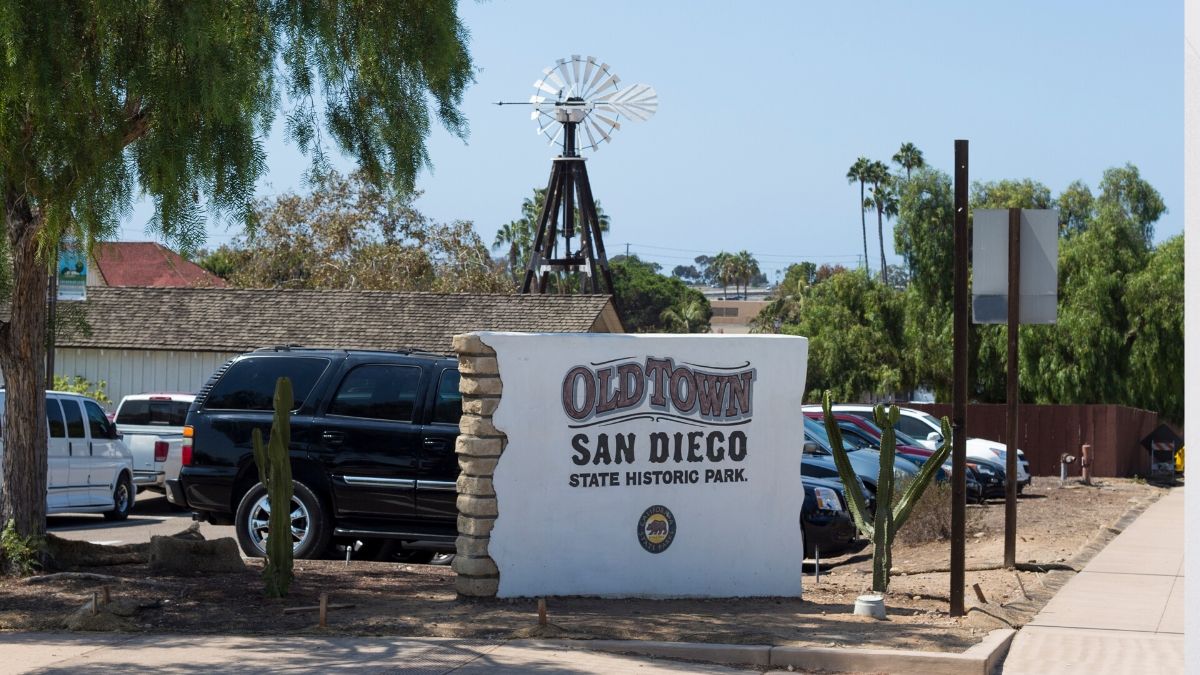Nimitz-class aircraft carrier USS Carl Vinson, the flagship of Carrier Strike Group 1, Friday returned to its homeport of Naval Air Station North Island, following a four-month deployment to the Western Pacific.
The Vinson is joined by two other CSG-1 ships, the Ticonderoga-class guided-missile cruiser USS Princeton and Arleigh Burke-class guided-missile destroyer USS Sterett, which returned to their homeport of Naval Base San Diego.
"This Carrier Strike Group and our sailors' deployment accomplishments demonstrate our unwavering contribution to the Navy's global engagement strategy," said Rear Adm. Carlos Sardiello, CSG-1 commander. "During the past four months, we routinely flew and sailed anywhere international law allows to assure Americans, allies and partners of our commitment to bolstering regional security and stability in the Indo-Pacific.
"With the unwavering support of our families and friends, we were proud to sail and fly forward as a symbol and the promise of America's advantage at sea," Sardiello said.
Get San Diego local news, weather forecasts, sports and lifestyle stories to your inbox. Sign up for NBC San Diego newsletters.
The strike group departed from San Diego on Oct. 12, 2023, to sail and maneuver across the U.S. 3rd and 7th Fleet areas of operations, where it conducted routine port visits to South Korea, Singapore, Philippines and Hawaii. Individual ships in the group visited Australia, Japan, Guam, Saipan and Palau, a statement from the Navy read.
"These port visits demonstrated U.S. commitment to the Indo-Pacific region and further enhanced relationships with the leaders and local populations," Sardiello said.
According to the Navy, in 133 days underway, the ship's crew conducted 10 underway replenishments, logged more than 13,000 flight hours and 6,000 sorties, sailed more than 36,000 nautical miles, and received more than 12 million gallons of fuel without mishap. The Vinson crew conducted 9,540 launch and recovery evolutions, 7,835 aircraft moves, 651 aircraft elevator moves, issued nearly 12 million gallons of fuel to aircraft and transferred nearly 5,000 pallets of cargo and mail.
Local
"I couldn't be more proud of our sailors. They executed with precision and discipline while strengthening our relationships with allies and partners. They were superb naval ambassadors in foreign ports," said Capt. Matthew Thomas, Carl Vinson's commanding officer. "These highly trained sailors showed they are reliable, resilient and ready to support and defend the American way of life every day."
The Carl Vinson strike group deployed with flagship USS Carl Vinson and embarked CSG-1 staff, Carrier Air Wing (CVW) 2, Destroyer Squadron 1 staff and the Princeton. DESRON-1 ships included Arleigh Burke-class guided-missile destroyers the Sterett, USS Hopper, USS Kidd and USS William P. Lawrence.
Vinson's embarked air wing deployed for the first time with the Navy's Block III Super Hornets.
The Vinson can carry more than 5,000 crew members and 65 fixed and rotary-wing aircraft; and has the speed, agility and maneuverability to travel more than 5,000 nautical miles in less than seven days, according to the U.S. Navy.
"As the U.S. Navy's most advanced air wing, comprised of 4th and 5th generation strike fighters, advanced electronic attack, technologically leading command and control, and versatile rotary wing capability, we deliver unprecedented lethality and survivability to CSG-1 ensuring that the strike force can operate and win in contested battlespace both now and well into the future," said Capt. Timothy Myers, CVW-2 commander.



